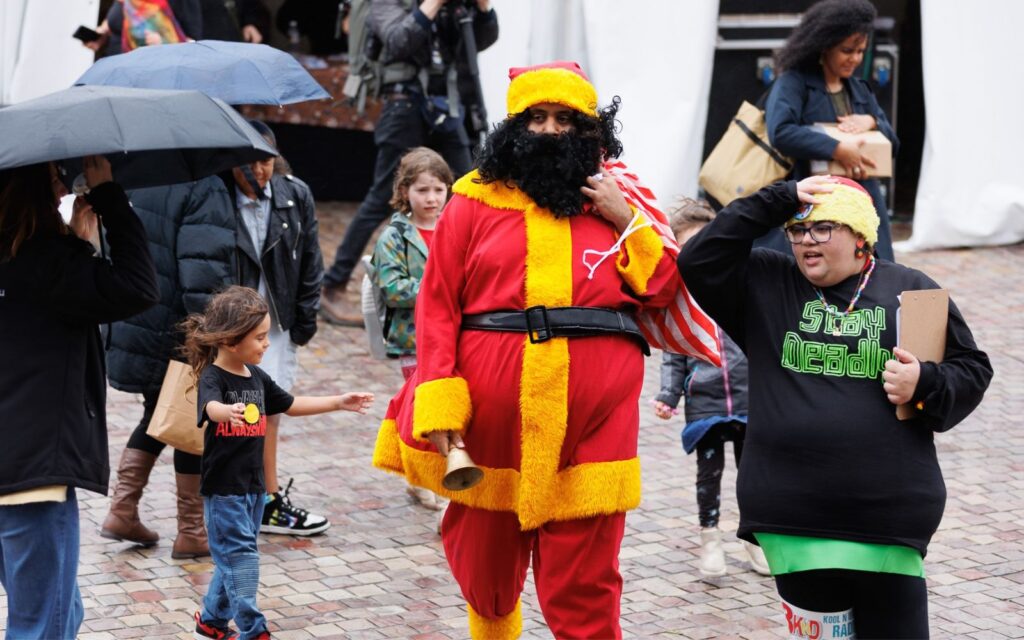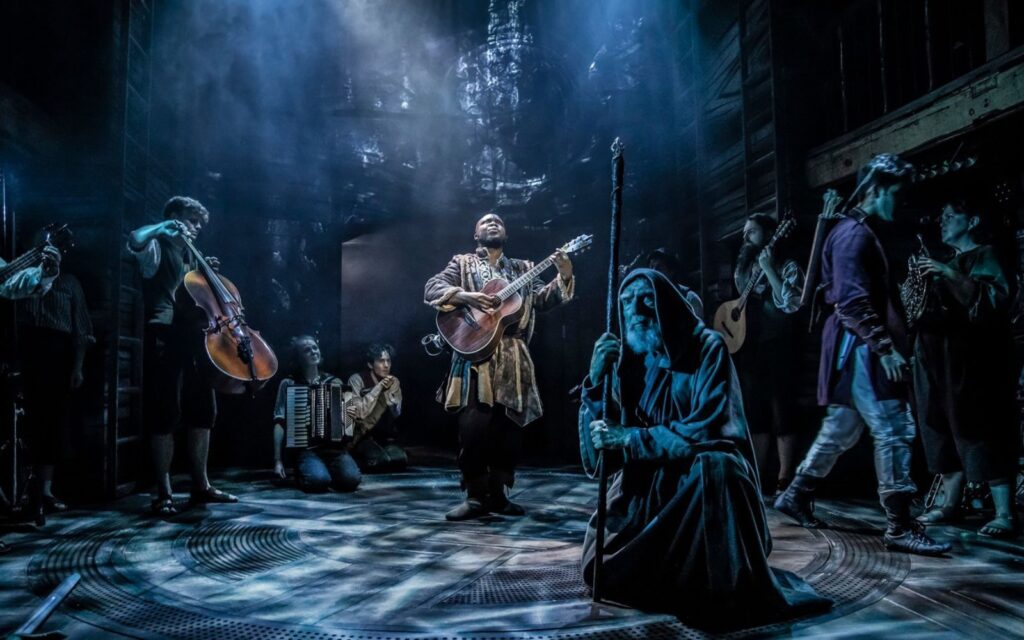Frank Sita’s work sprawls many domains. First and foremost a painter, he’s also a teacher, musician and explores areas of stage and film. He runs his own production company, Frank Sita Art & Productions, as well as his firmly established Sita School of Multi-Arts, where students have a fantastic opportunity to realise their potential. ‘‘I believe everybody can and should do art,’’ Sita says. ‘‘Teaching and art bounce off each other. I’m an artist that does a lot of different things.’’
The connection between his art and music is strong with layers and trajectory splashes echoing in his paintings. Elements are brought in and out of focus through transparency and movement, giving him a platform to express his music.
‘‘I paint and sculpt the original songs that I write. Practice and teaching have enabled me to develop my own approach to art, or what I tend to call voice art. I try to voice an opinion or argument, which I find – for my students and myself, starts with the practice of art. It enables people to free up.
This approach, he continues was one of the main motivations behind the development of The Sita School of Multi Arts and its diverse and inclusive approach to the arts.
Appearing at Melbourne Fringe Festival earlier this year with his mesmerising exhibition Songs on Canvas, Sita created 100 original songs as 100 pieces of sculpture and painting. The artist and teacher has a keen eye for the intricacies of art and its potential when fused with musical compositions.
‘‘How I paint or sculpt the music is by looking at the elements of art and associating them to the elements of music. Line joins with flow, shape with structure, colour with mood, texture with instrument and value with volume.’’
Aside from his work with the paintbrush, Sita is also prominent in theatre and film; his stage production Alienation was a prominent feature at Melbourne Fringe Festival, while his film The Voice was selected as part of Melbourne and Sydney Film Festivals.
‘‘Alienation allowed me to transfer my art skills to do stage and performance. Writing is also an important part of what I do as an artist.’’
The ability for Sita to work with a range of materials consolidates his versatility but it’s his ability to transpose them across mediums that’s even more impressive.
True to his restlessness and eagerness to learn, Sita is currently venturing outside his comfort zone once more. ‘‘At the moment I am sculpting in clay, but I want to branch out and experiment with different materials,’’ Sita says.
In his exploration of the multi-faceted nature of art, Sita seeks to teach his students practices and outlooks that embody this. ‘‘I teach disciplines that are all slightly different. Most of my students are contemporary students, and I combine classical and contemporary approaches – you can’t have one without the other. Training and practice need to be completely open to get to a point where you feel free to express yourself and I believe total expression is something we all should do.’’
Always a member of Melbourne’s cultural space, for his next event, he’s handed over the baton to his students. They’ve taken on the responsibility to organise their own event, called The Big Show!
‘‘It’s run by a student of mine, who is also the feature act. Others – including singers, songwriters and comedians are also in the show. My paintings were used for album covers and in videos as well as other works being shown separately in a gallery space.’’
Looking to the future, Sita is planning a trip to Rome to further build his artistic development with his goal being to get more people involved in art.
‘‘I want to continue teaching and training whilst overseas. There isn’t much space for an artist like myself here in Australia. We have a long way to go for contemporary artists,’’ Sita explains.
His advice to emerging artists boils down to honing your ability, wherein training is the most important device. ‘‘Too many people believe you don’t need training to be an artist,” Sita begins. “Find a good teacher, and just keep doing it. I do it pretty much every day and it takes discipline. Most of all you have to love what you’re doing.’’







